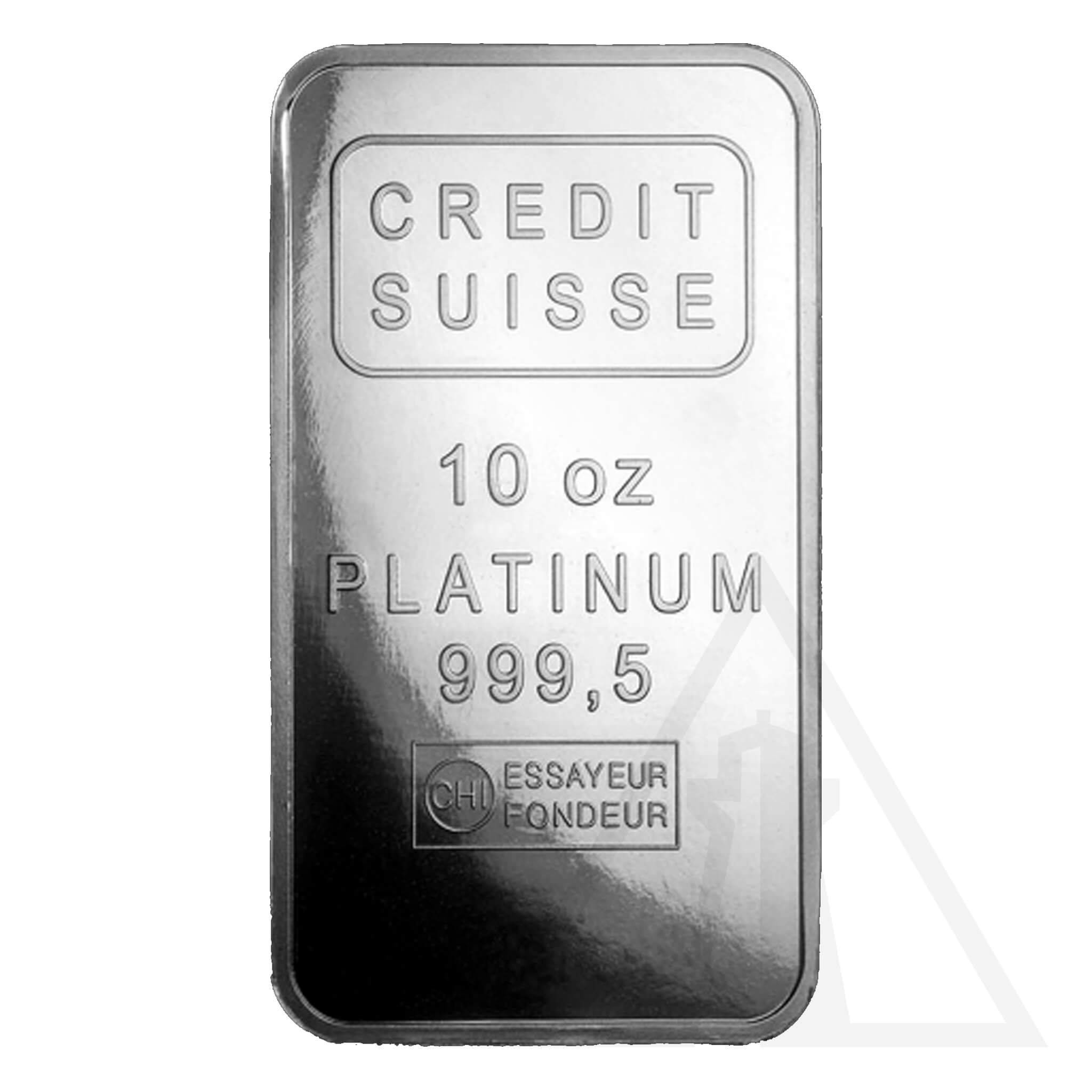With the possibility of a majority Trump administration, investors are again left wondering: what impact will this have on the gold market? While Trump’s prior presidency left its mark on the economy, the next administration could bring new policies and uncertainties that influence precious metals. At Delta Harbour Assets, we understand that clients are looking for clarity on where gold and silver might be headed—and we’re here to explore several potential scenarios.
From potential trade tensions to fiscal stimulus, each scenario has unique implications, particularly for Canadian investors who might feel the effects of U.S. policies across the border. Gold and silver have already demonstrated their resilience, with substantial gains from 2016 to 2024, and there are strong indications that they will continue to perform as a safe haven in this climate. Here’s a closer look at how different policy directions could shape the market.
Scenario One: Fiscal Stimulus and Market Euphoria
In this scenario, a Trump administration could push for significant infrastructure spending as part of a “revitalization” agenda. While the prospect of infrastructure investment often sounds promising, the impact of a debt-fueled stimulus on the gold market isn’t straightforward.
Pros
- Short-Term Economic Growth: A fresh influx of government spending might initially rally markets, creating a sense of economic strength and possibly strengthening the U.S. dollar. Stocks could see gains while consumer confidence temporarily rises.
- Boost for the U.S. dollar: Infrastructure investments could lead to a short-term appreciation of the U.S. dollar, which could initially dampen demand for gold, as a strong U.S. dollar often makes gold relatively more expensive for international buyers.
Cons
- Debt Concerns: This market “euphoria” might rest on shaky ground. Heavy spending could exacerbate national debt, leading to concerns over long-term economic health. While the stock market might flourish in the short run, the fundamental weaknesses introduced by debt could eventually drive investors back to safe havens like gold.
- Inflation Pressures: Increased government spending often drives up demand for goods and services, which can lead to inflation. In response, the Fed might keep interest rates low to support economic growth, which could further stoke inflation and push investors towards inflation-hedged assets like gold and silver.
Side Effects for Canada
For Canadian investors, Trump’s emphasis on “America First” policies could bring challenges. Increased spending south of the border may lead to higher borrowing costs for Canadian businesses and potentially higher inflation in Canada, particularly if a stronger U.S. U.S. U.S. dollar increases import costs. Canada’s economy, closely tied to U.S. trade, could feel an added ripple effect if tariffs or protectionist measures come into play. In this case, gold could become a safe harbour for Canadians looking to hedge against these uncertainties.
Scenario Two: Economic Uncertainty and Geopolitical Tensions
In a second scenario, Trump could adopt a more aggressive approach with global powers, particularly China, escalating trade tensions or re-imposing tariffs. The U.S. dollar may become a geopolitical tool, creating uncertainty in global markets.
Pros
- Safe Haven Appeal: Gold’s reputation as a “crisis asset” historically shines in periods of high uncertainty. If trade tensions worsen or new tariffs are imposed, gold demand could rise as investors seek a stable, non-correlated asset to protect their wealth.
- Flight to Safety: Uncertainty might drive investors away from riskier assets, leading them to gold and silver as hedges against volatility.
Cons
- Trade Disruptions: Higher tariffs on Chinese goods might temporarily strengthen the U.S. dollar, but these disruptions could ultimately slow global growth. A stronger U.S. dollar can dampen gold demand in international markets, although gold’s reputation as a crisis hedge could help counteract this.
- Market Volatility: Escalating trade tensions creates market unpredictability, leading to volatile asset price swings. In such a scenario, gold prices may fluctuate, though the general trend will likely remain upward as investors seek security.
Side Effects for Canada
As a trade-dependent nation, Canada could be impacted by increased trade barriers, especially with the U.S. remaining its largest trading partner. Heightened U.S.-China tensions could force Canada to reassess its trade policies and further diversify its trade partners. In this context, gold could become an attractive asset for Canadian investors seeking stability in a shifting global environment, as gold traditionally gains during times of geopolitical tension.
Scenario Three: Inflation and Monetary Policy Shifts
Trump’s policies could also increase inflation, particularly if stimulus spending heats up the economy. Inflation directly affects gold prices, reducing the U.S. dollar’s purchasing power and making tangible assets like gold more appealing.
Pros
- Hedge Against Inflation: Gold has historically been a strong hedge against inflation, making it an appealing option for investors looking to preserve purchasing power as costs rise.
- Demand for Hard Assets: Inflation drives demand for assets with intrinsic value, such as gold and silver, as investors seek to protect their wealth against the eroding power of cash.
Cons
- Possible Interest Rate Volatility: If inflation accelerates beyond a manageable level, the Federal Reserve could be forced to raise interest rates, temporarily dampening gold’s appeal, as higher rates often support the U.S. dollar.
- Market Sensitivity to Rate Changes: Rapid changes in interest rates can lead to volatility in both bond and equity markets, creating uncertainty for investors. However, gold’s role as a long-term inflation hedge remains compelling.
Side Effects for Canada
For Canadians, higher inflation in the U.S. could also spill over into the Canadian economy, affecting borrowing costs and general purchasing power. If the Fed raises rates, it may pressure the Bank of Canada to follow suit, which could affect Canadian housing markets and other credit-sensitive sectors. Given the possibility of inflation pressures on both sides of the border, holding physical assets like gold and silver becomes an attractive option to counterbalance these potential economic shifts.
Delta Harbour’s Expected Trump Policies and the Gold Market
If Trump’s policies unfold along these lines, gold should find itself on a prolonged upward path. After all, gold and silver prices climbed significantly from 2016 to 2024, a period encompassing Trump’s initial term, followed by the economic challenges that continued through to 2024. A second Trump administration could trigger a similar demand cycle for precious metals, as investors weigh the impact of policy shifts on their wealth.
In addition, Trump’s stance on trade protectionism could have a ripple effect across North American markets, adding to gold’s appeal. Tariffs on Canadian goods, should they reemerge, could impact the Canadian economy and currency, prompting Canadian investors to consider safe-haven assets like gold and silver to stabilize their portfolios.
Why Precious Metals Ownership Is a Smart Move
Whatever unfolds, Delta Harbour Assets believes that gold and silver’s role as stabilizers in a wealth strategy is more relevant than ever. While paper assets may surge, we know that tangible assets provide stability and duality as collateral and underlying tangibility in their physical form when economic conditions fluctuate. From geopolitical uncertainty to inflationary pressures, physical gold and silver offer security that cannot be matched by “paper” assets.
As a final note, investing in bullion should always be a well-considered decision. Talking to your trusted advisors and financial experts is essential to evaluate your unique situation. Every investment decision is personal, and consulting with those who know your financial goals can help you make the most informed choice.
The Long Bull Market in Gold and Silver
Historical trends and current data suggest that gold and silver are in the midst of a prolonged bull market. Even if market conditions look temporarily favourable, the underlying economic issues—such as debt, inflation, and geopolitical tension—mean that gold’s appeal remains strong. For Canadian and U.S. investors, precious metals offer a hedge against the potential shifts ahead.
As we move forward, Delta Harbour Assets remains committed to its expertise in acquiring, liquidating and storing physical gold and silver ownership, especially in an environment as unpredictable as today’s.







